CYCLO POWER FACTORY
CYCLO POWER FACTORY | FRANCE
Revolutionising fitness for renewable energy
Workouts to benefit the environment, our society and our health.
SINGAPORE PUBLIC HOUSING | SINGAPORE

In the dynamic landscape of Singapore's public housing sector, staying ahead means embracing innovation and adopting a customer-centric approach. PALO IT recently collaborated with the public housing agency to reimagine their roadshows, a key event for future homeowners. This roadshow aimed not only to provide information but to foster personal connections among prospective homeowners, creating a more engaging and impactful experience.
With over 80% of the country's residents residing in public housing across the island, the organization faced the challenge of adapting to demographic shifts, including a rapidly aging population and an increasing number of Singaporeans remaining single.
As Singapore's population continues to diversify through inter-ethnic and transnational marriages, as well as the inclusion of new citizens, their role extends well beyond housing provision alone, with a focus on fostering social cohesion and contributing to the development of stronger, more resilient communities.
Historically, the roadshows have been crucial in facilitating the transition to homeownership for many. However, their delivery models have been traditionally centered on information dissemination, offering limited opportunities for participants to engage or collaborate with each other.
Through a comprehensive discovery phase, including 50 semi-structured interviews across five roadshows, insights highlighted the need for a more inclusive and interactive approach to solve the following challenges:
The insights from the discovery phase led to the development of four user personas, each representing a key participant segment with unique pain points, needs, and wants. An as-is user journey was created to identify key moments for redesign. This foundation allowed for a more targeted and effective approach to addressing the challenges.
A co-creation workshop brought together representatives from the public agency, community engagement organisations, and future homeowners. Teams developed concepts using Lego to bring a sense of play into the ideation process. The ideas from the workshop were then piloted in a roadshow within the Western district. It implemented concepts such as bilingual support, customized booths, and activity areas to encourage interaction and connection among attendees.

The pilot roadshow with the new features exceeded attendance expectations, with high subscription rates for interactive activities like bus tours and interest-based booths. Attendees appreciated the added elements, expressing gratitude for activities for children and opportunities to learn more about their community in an interactive manner. The success of the pilot led to the integration of interactive activities as a crucial aspect of the roadshow, now implemented in future roadshows.
‘I work as an educator and for me it was really exciting to see the type of interests and activities featured and meeting local leaders, gives me a better sense of my neighbourhood’ - Roadshow Attendee
Beyond addressing immediate challenges, the design thinking engagement with the public agency also contributed to fostering a culture of innovation within the organisation. Placing the customer at the center of the decision-making process equipped them to adapt and thrive in an ever-changing market.
By embracing design thinking, organisations can enhance their service design, creating experiences that not only meet but exceed the evolving expectations and needs of their audience. The successful redesigned pilot of these roadshows is a testament to the transformative power of design thinking in shaping the future of service design.
Design Thinking is a core element of any PALO IT project, serving as the foundation for creating innovative solutions that truly meet the needs of end-users. If you're ready to embark on a project that puts the customer at the heart of the process and delivers tangible results, get in touch with PALO IT today.
Workouts to benefit the environment, our society and our health.
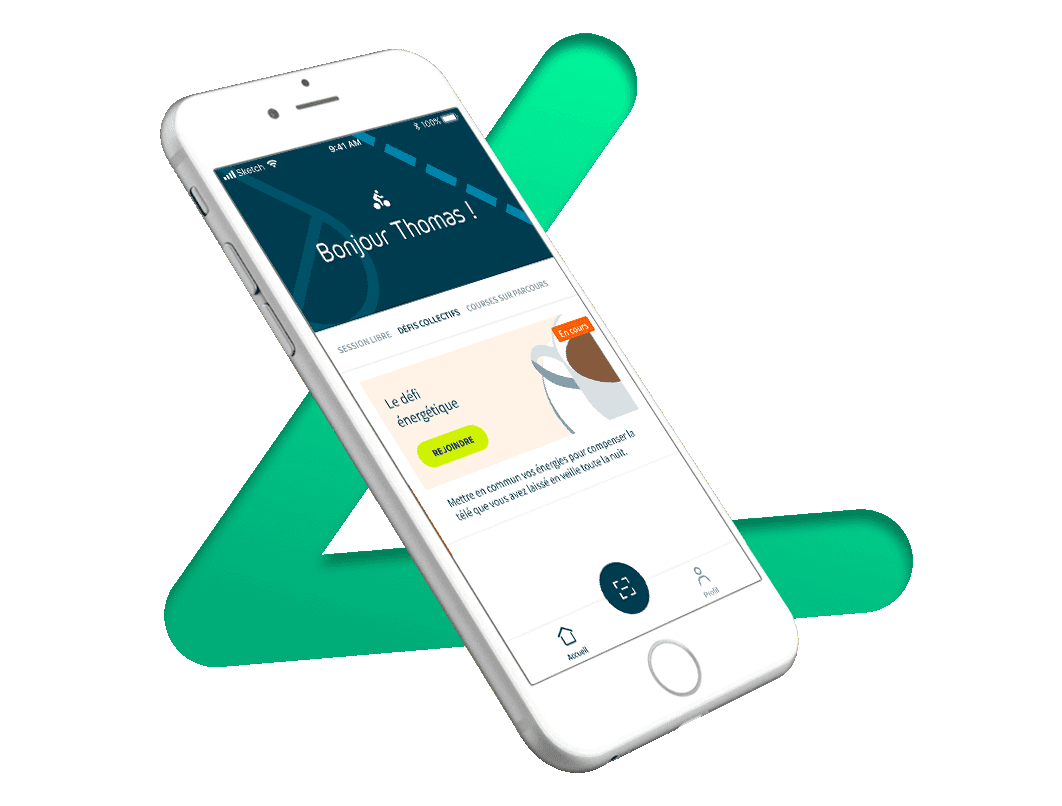
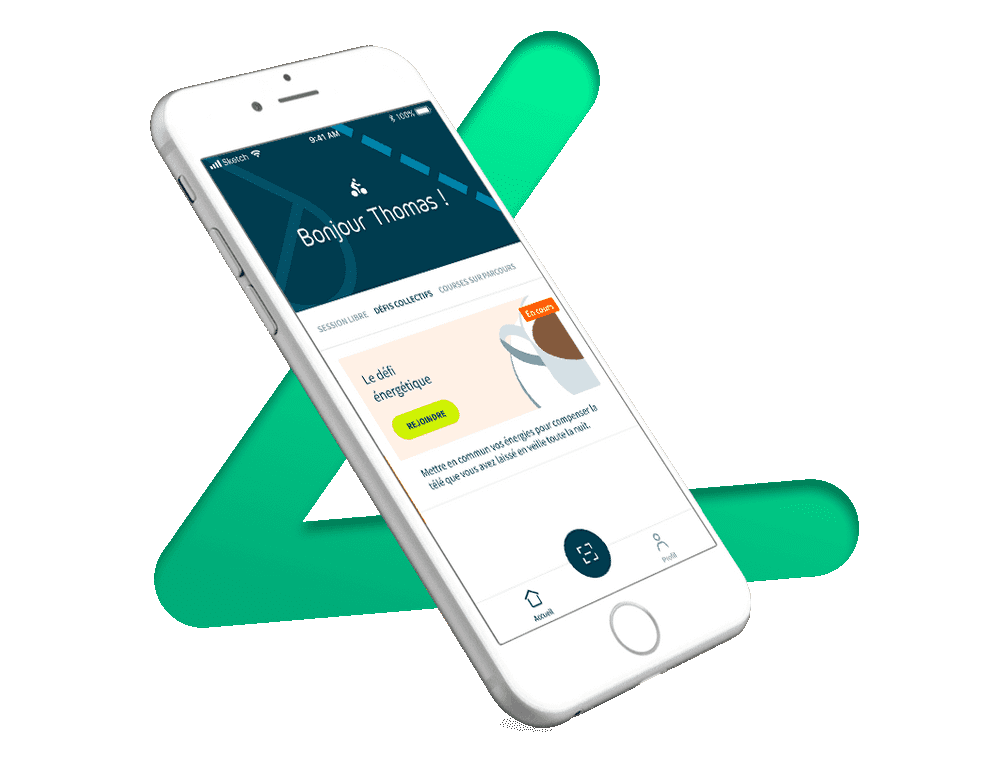
Leveraging tech for good solutions to maximise positive social and environmental impact

.png)
Using Blockchain technology to work towards green mobility.
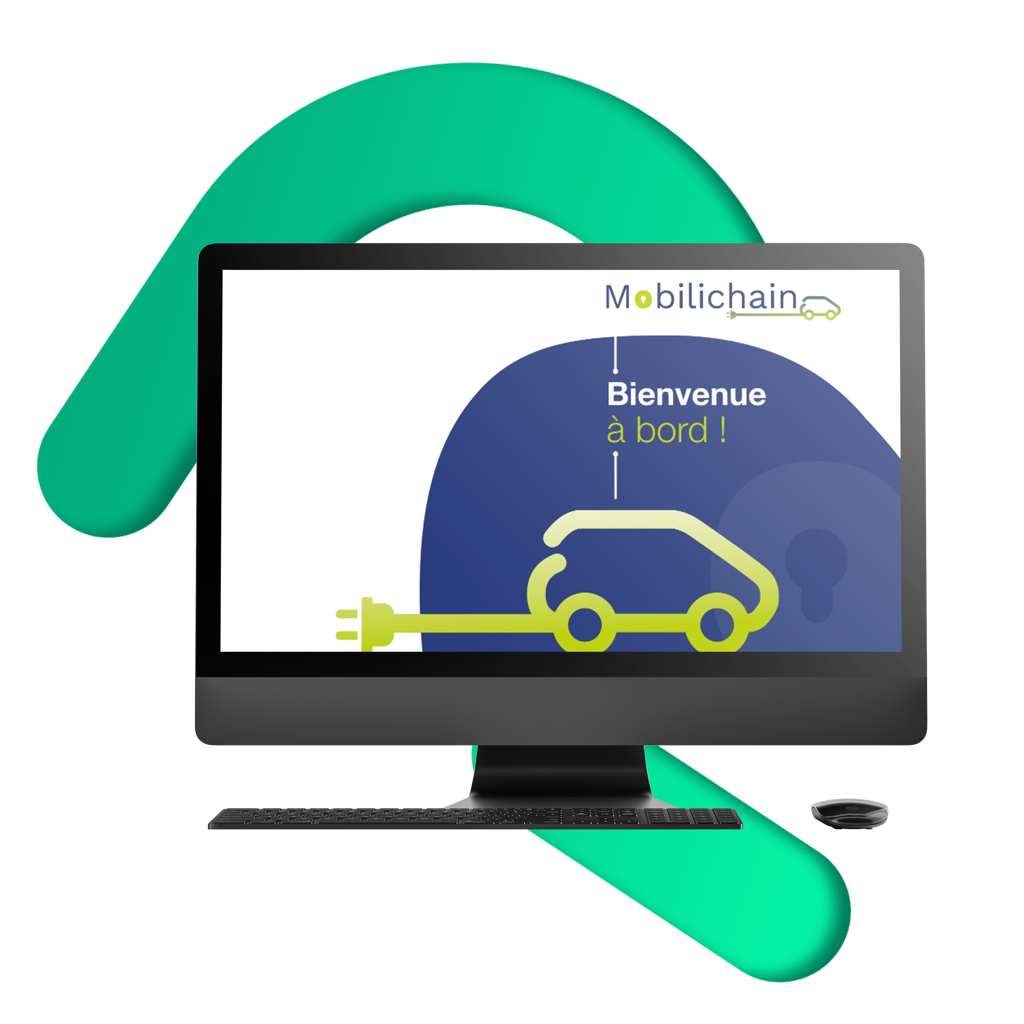
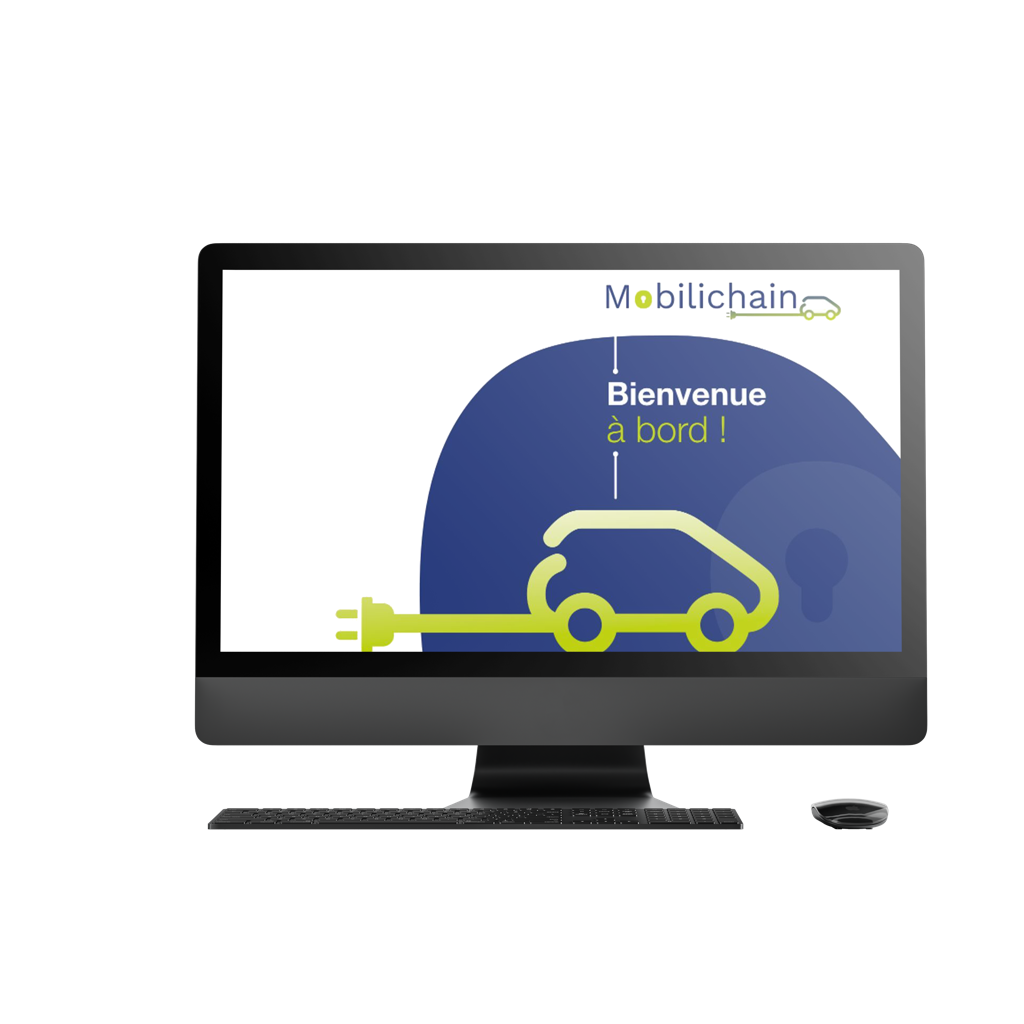
Leveraging technology to automate greenhouses.
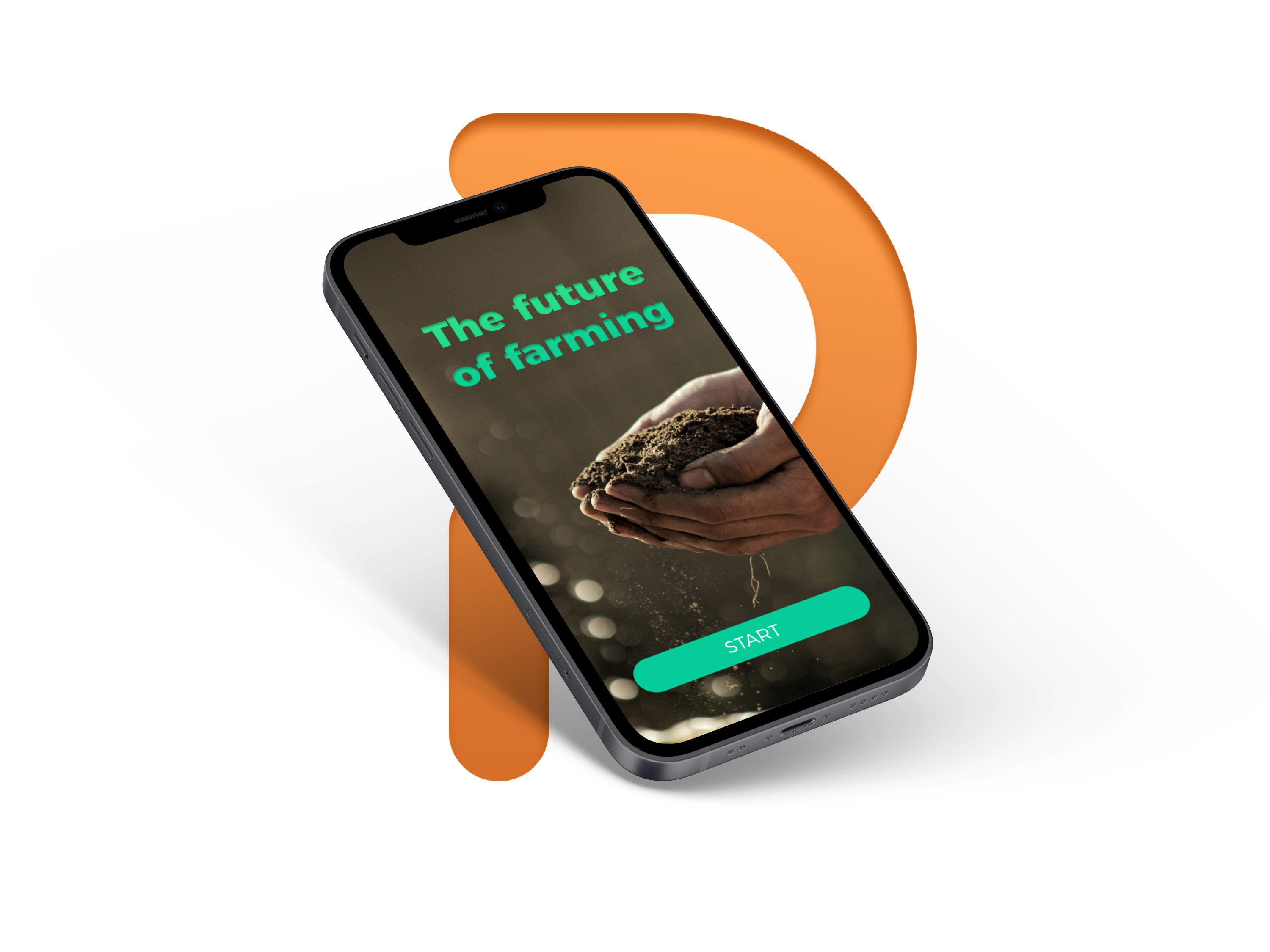
-1.png)